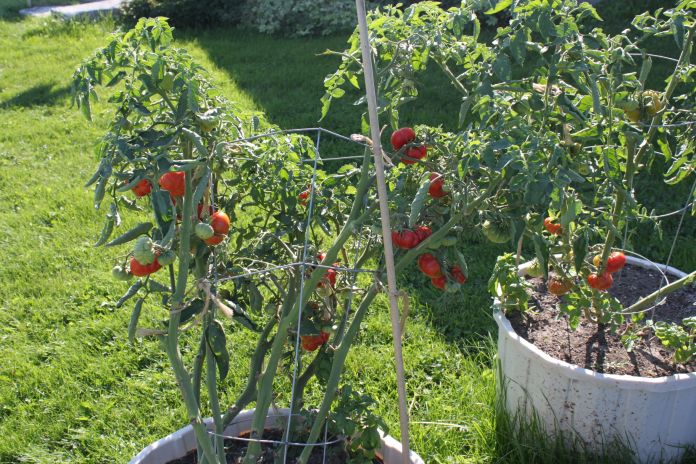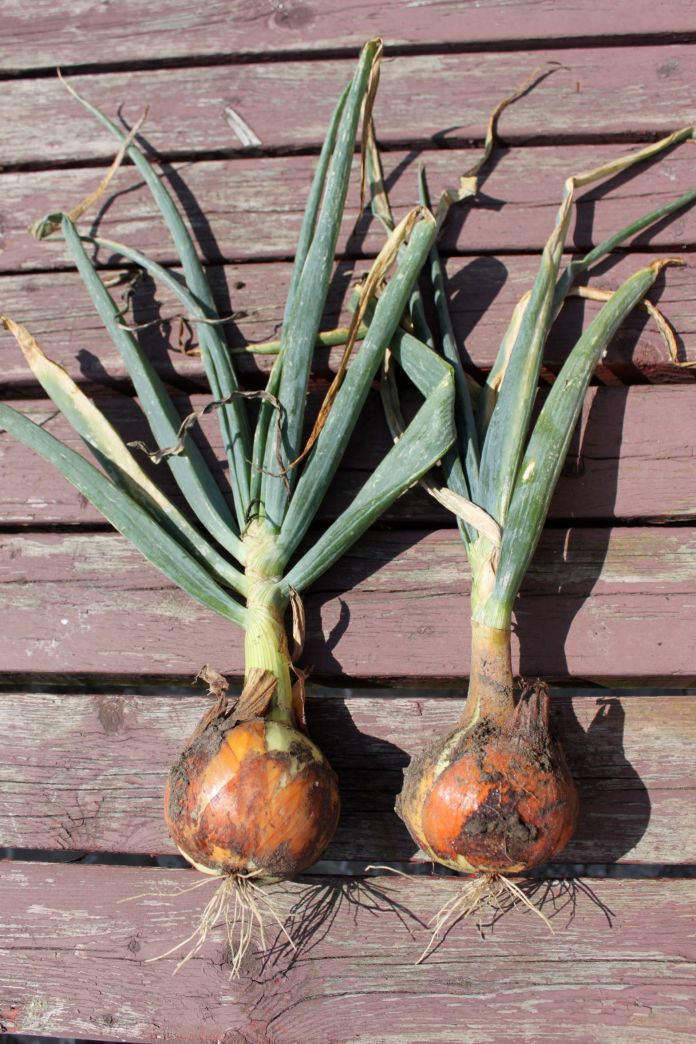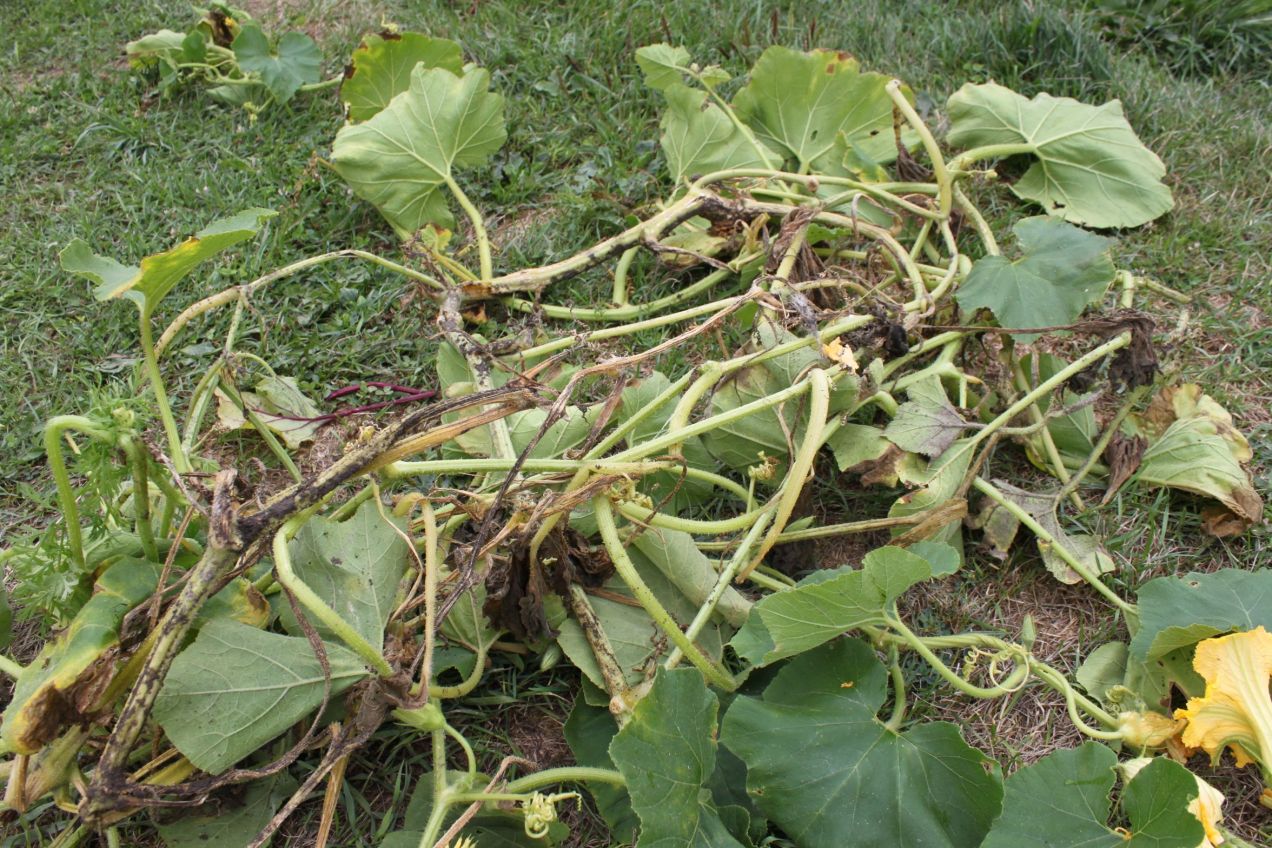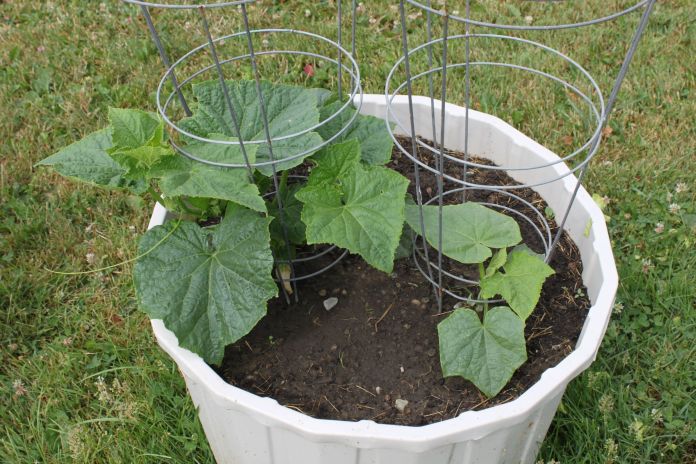Everything we did to help the tomatoes ripen such as reducing watering, removing stems/branches not holding tomatoes, removing leaves to allow the plant to dry and feeding them compost (‘plant food’)…..worked!!

The tomatoes are plentiful and red.
I picked as many as I could yesterday, plus a few green ones in order to cut back more of the plant and encourage the last few to ripen before the frosts start – it was only 8 degrees C this morning!!

As I harvested and cut down more branches I was startled to find more tomato plant flowers starting and even more growth starting.

So the major lesson I’ve learned from growing tomatoes….
They are very Hardy!! Do not baby them, cut them early and focus on one main stem for the plant. The picture below shows how long the one branch had grown once I had stretched it up.

Even though I had them ‘caged’and a stake in order to tie the cage to, I think it would be best to only have a stake to tie them to and skip the cage altogether. Of course, this would be ideal when only 1 stalk on the plant was allowed to grow, instead of 4-5+.
So Don’t Be Afraid to Cut!!
Cut, Cut, Cut I say for tomato plants. I’ve massacred these plants at least 3 times and have only encouraged tomatoes to mature and haven’t hurt the plant at all.
Next year I hope to start the tomato plants inside, but not as early. When I plant them, I will be sure to cut off the lower leaves or branches starting out to ensure only one main stem is present. Next, I will stake the plant right away and not cage it. I think ‘caging’ the plant decreases air flow and encourages blight to become present from too much moisture.
I am so very glad that we were able to keep the blight from spreading with the work we put in; it would have been so disappointing if it had spread and we were unable to harvest any tomatoes this year.
While we were in the garden, we also picked a couple of ‘winter’ onions and have left them on the deck to dry out….



We are well prepared for what we need to do next year for the tomato plants, and we look forward to sharing with you next spring.
As for the winter onions…no lessons learned because they were so easy to grow. Much stronger in aroma than store-bought onions, it’s only more apparent every time I harvest that “Fresh is Best”.





































































